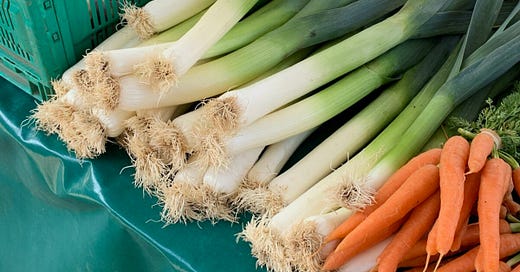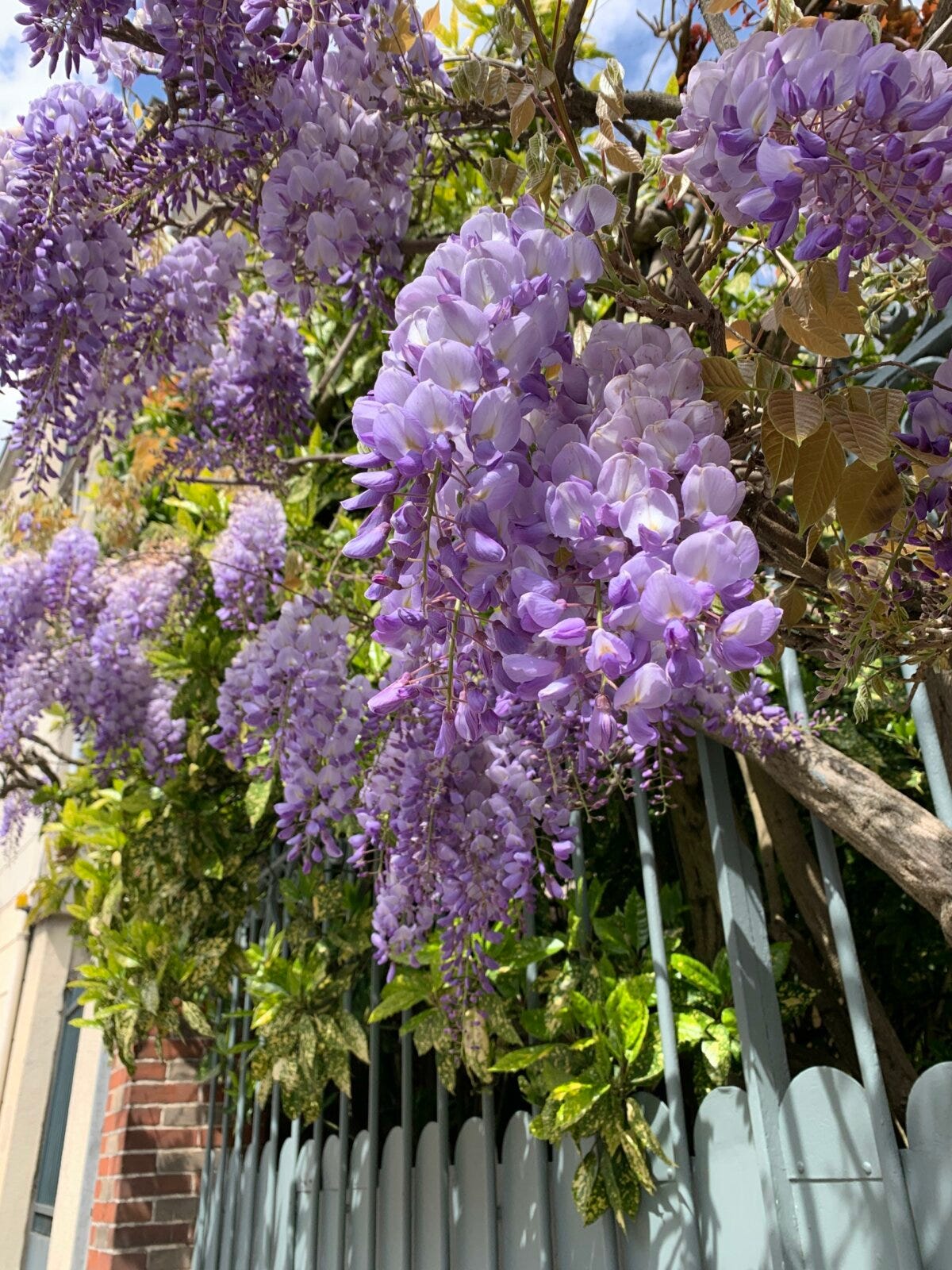Allô! 👋
Welcome to mid-spring (well, technically, the day itself is May 5th — nearly there!), a wonderful time of year to seek out and enjoy good food.
If you're reading this newsletter, you likely know by now that I am incredibly passionate about good food. What you are perhaps less likely to know, is that by “good food”, I don't just mean food that tas…
Keep reading with a 7-day free trial
Subscribe to good food at home to keep reading this post and get 7 days of free access to the full post archives.




